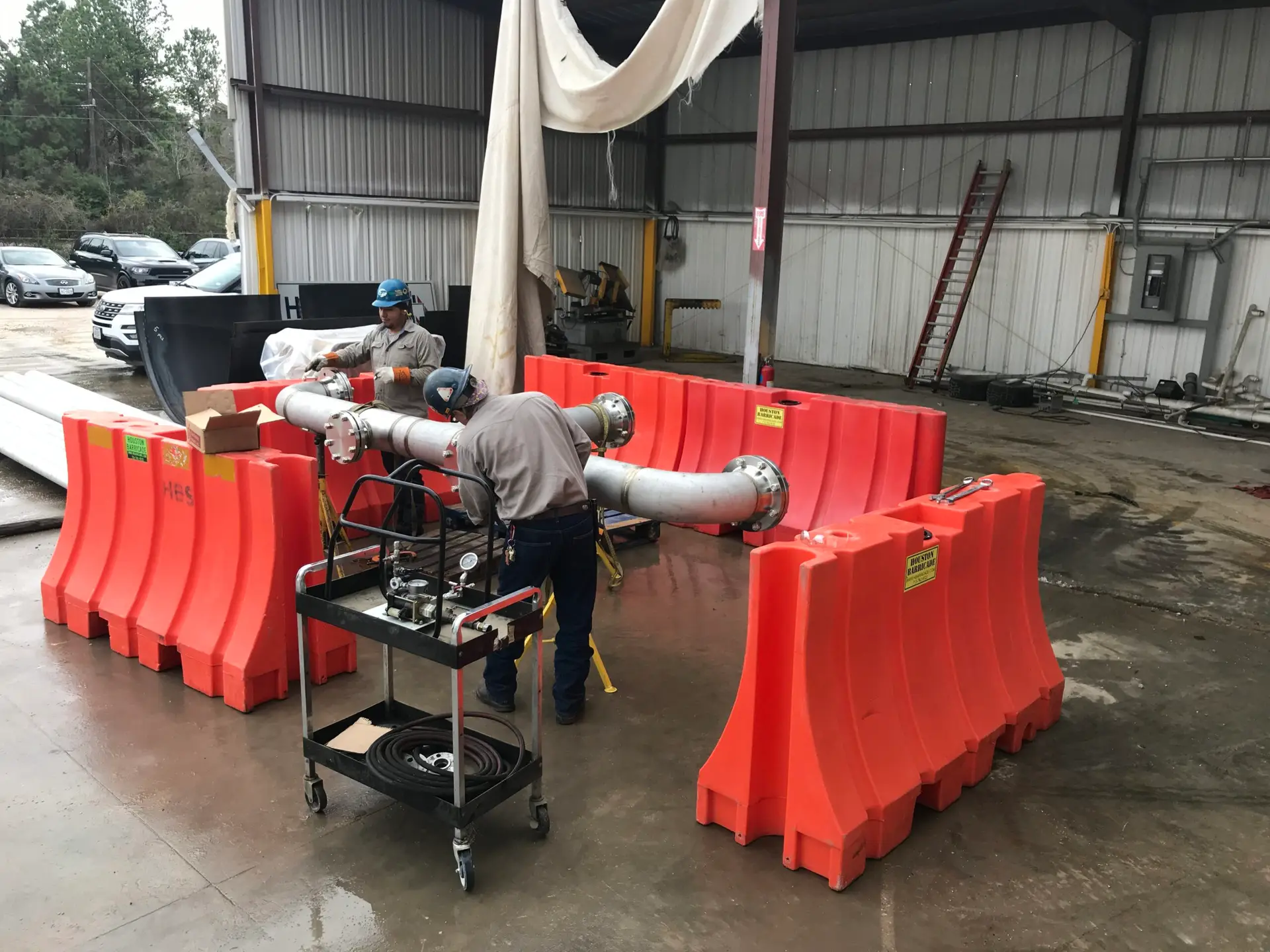CWI Welding Inspection

Service Overview
CWI (Certified Welding Instructor) Welding inspection is a crucial aspect of ensuring the quality, integrity, and safety of welded joints in various industries, including construction, manufacturing, oil and gas, aerospace, and automotive. Welding inspection involves assessing the welds to ensure they meet specified standards, codes, and requirements.
Welding inspection is a critical aspect of ensuring the quality and integrity of welded joints in various industries such as manufacturing, construction, aerospace, automotive, and oil and gas. Welding inspection involves thorough examination and assessment of welds to ensure they meet specified standards, codes, and requirements.
Overall, welding inspection plays a crucial role in ensuring the safety, reliability, and quality of welded structures and components, helping to prevent weld failures, reduce rework, and comply with industry standards and regulations.
Welding Inspection Overview
Visual inspection is often the first step in welding inspection and involves visually examining the welds for surface irregularities, discontinuities, and other defects. Inspectors look for indications such as cracks, lack of fusion, incomplete penetration, undercutting, porosity, and weld spatter. Visual inspection can be aided by the use of magnification, lighting, and visual aids to detect defects more effectively.
Non-destructive testing techniques are used to evaluate the internal and surface integrity of welds without causing damage to the welded components. Common NDT methods used in welding inspection include:
- Ultrasonic Testing (UT): Uses high-frequency sound waves to detect internal defects and discontinuities within the weld.
- Radiographic Testing (RT): Involves passing X-rays or gamma rays through the weld to create an image on a film or digital detector, revealing internal defects.
- Magnetic Particle Testing (MT): Utilizes magnetic fields and magnetic particles to detect surface and near-surface defects in ferromagnetic materials.
- Liquid Penetrant Testing (PT): Involves applying a liquid penetrant to the surface of the weld, which seeps into surface-breaking defects, making them visible under UV light.
Destructive testing methods involve physically testing welded specimens to assess their mechanical properties and weld quality. Common destructive tests include:
- Tensile Testing: Measures the tensile strength and ductility of welded specimens by subjecting them to axial tension until failure.
- Bend Testing: Evaluates the ductility and soundness of welds by bending welded specimens to a specified angle without fracture.
- Impact Testing: Determines the impact resistance and toughness of welds by subjecting specimens to a sudden force or impact at low temperatures.
Welding inspection also involves verifying that welding procedures and practices comply with established welding procedure specifications (WPS) and that welders are qualified to perform the required welds. This includes assessing factors such as welding parameters, preheat and post-weld heat treatment requirements, filler material selection, and welder proficiency.
Proper documentation of welding inspection activities, including inspection reports, records of NDT results, welder qualifications, and any corrective actions taken, is essential for traceability and quality assurance purposes.
